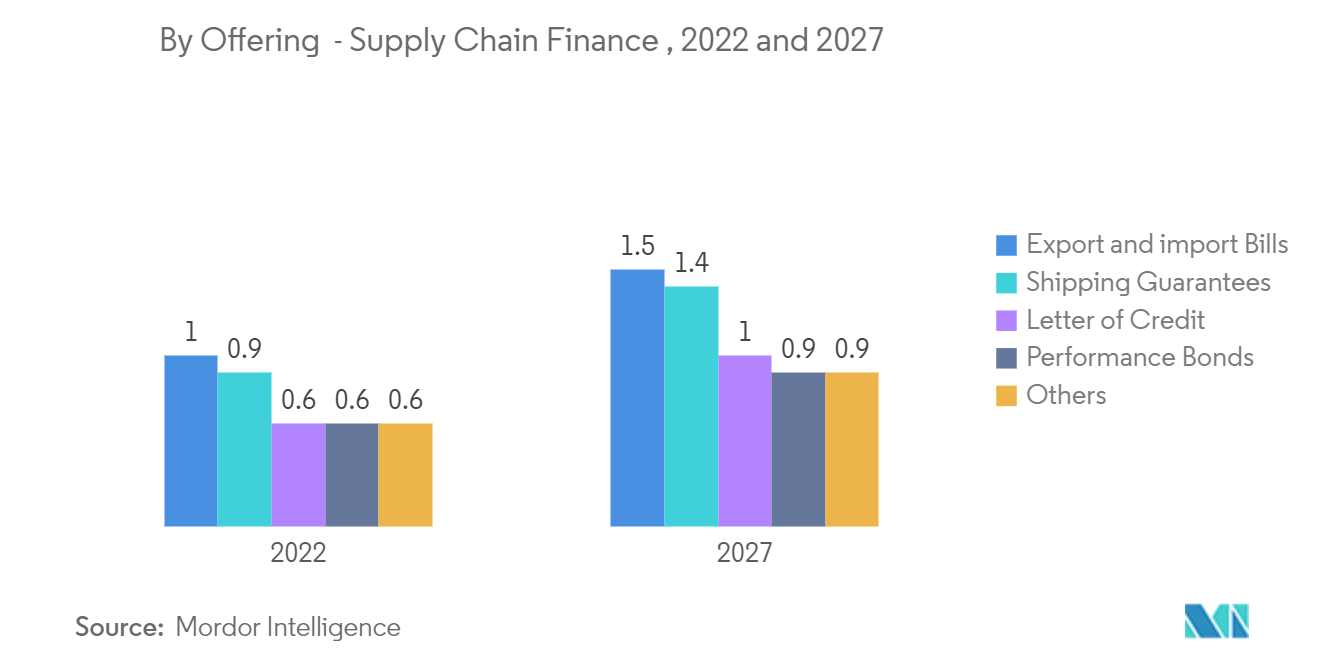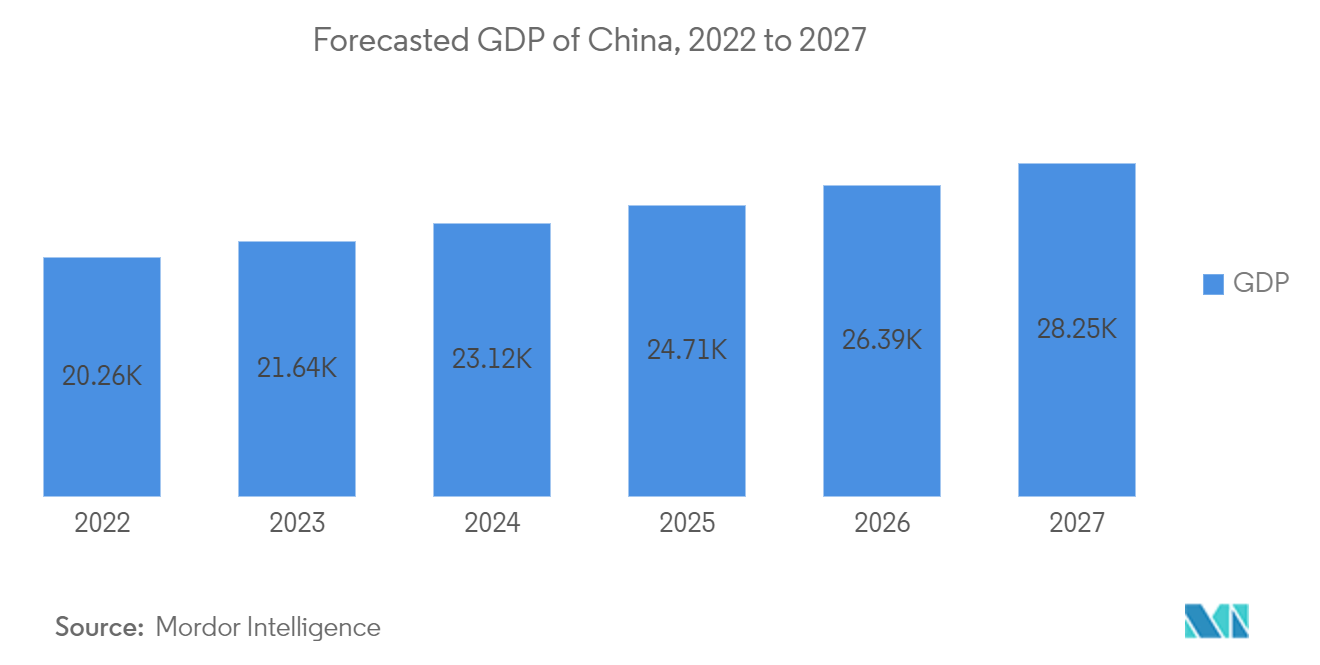Market Trends of China Supply Chain Financing Industry
Incorporation of New Novel Technologies
The supply chain finance market is expected to experience significant growth, considering the launch of technologically advanced solutions to streamline trade activities. Several organizations are actively strengthening the technology infrastructure for overcoming long-standing issues of high transaction costs and processing costs and mitigating the huge supply chain finance gap. Some service providers have adopted 5G and blockchain technology. DBS, for example, is assisting enterprises in the Asia-Pacific region in gaining access to more affordable working capital globally through the use of its portfolio of technologies, which includes APIs, blockchain, and collaborations with fintech and e-procurement platforms. Its digital solutions have assisted businesses of all sizes in transitioning to paperless transactions, resulting in increased efficiencies and cost savings in their supply chains.

New Agreements and Financing SME
In 2021, there were about 38 million SMEs in China. These businesses made up more than 98% of all Chinese businesses. SMEs represent a critical component of China's economy, as they contribute more than 60% of the national GDP. However, their growing liquidity demand is largely unmet by financial institutions. New agreements between cross-border countries provide major opportunities in terms of labor productivity, permit a greater use of machinery, overcome technical support, stimulate innovations, and enable countries to enhance their economic development. Such agreements improve local credit by lowering the cost of borrowing or financing expansion and empowering domestic and small and medium-sized enterprises in the market. For instance, Olea expanded their cross-border offering, completing their first digital cross-border receivables finance transaction for SUMEC, a state-owned firm and important member of China National Machinery Industry Corporation, in June 2022. Supply-chain finance providers reduce the financing gaps faced by SMEs to help them become part of the global trading system, and the rising total value of international trade imports and exports is driving the market. SME contributions account for over 60% of total GDP and are directly proportional to GDP growth. SMES contribute substantially to China's economy, including about 80 percent of non-government employment.


